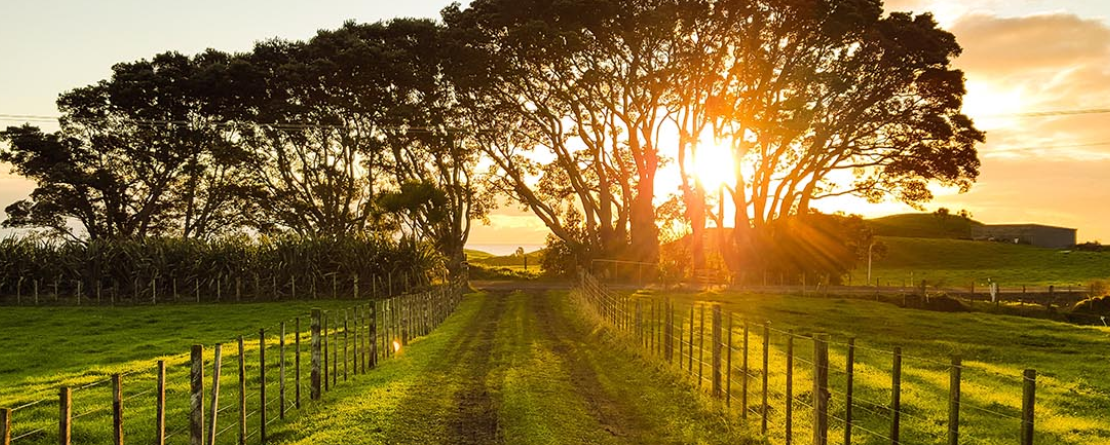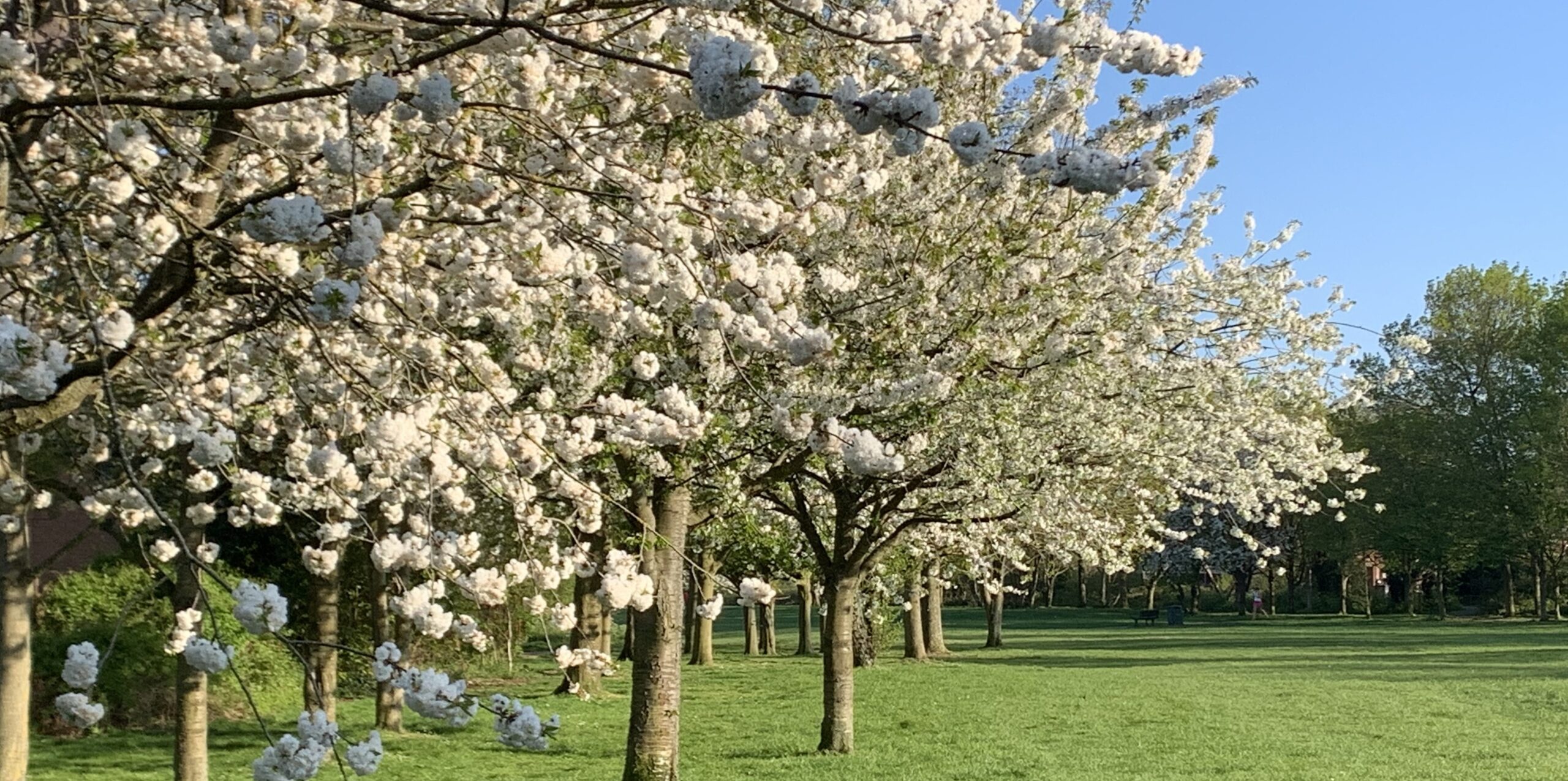Protecting Public Rights of Way

Introduction
For many landowners the government COVID-19 restrictions have seen a significant increase in people using the public rights of way across their land as part of their daily permitted exercise. In most cases the public will keep to the designated routes however in some cases in order to maintain social distancing, this may lead to people straying away from designated Public Rights of Way.
Landowners should therefore ensure that they have protected themselves from the risk that new and alternative rights of way are created after the relaxing of restrictions. Where routes are used for a continued period this can give rise to new rights of ways being created if preventative steps are not undertaken.
Marking Routes
Designated Public Rights of Way must not be blocked or restricted, as if found to do so may incur significant fines. There is also the risk of further penalties from BPS and other agri-environment schemes due to breaches in cross compliance.
To prevent confusion where routes are not clearly marked landowners can erect additional signage and extra notices along Public Rights of Way making it clear where walkers can and cannot go. The NFU have released helpful signs for landowners to place on Public Rights of Way giving guidance to the public on how to act responsibly whilst using footpaths. Be careful not to erect any signs that risk deterring people from using a Public Right of Way, as this is also considered an offence.
It is also a useful time to establish if the way markers erected on footpaths showing the direction of travel are in good condition and importantly facing the correct way. It can often be confusing for walkers who see a way marker which is rotten and laying on the ground, and this makes it harder for landowners to protect their position.
Section 31(6) Highways Act 1980
New rights of way can be recorded on the basis of presumed dedication. This means that if the public has used land as a way, for example walking around field edges, without force, secrecy or permission for 20 years and the landowner did not interrupt that use this could give rise to a new right of way being established. By making a deposit of a highways statement and map under the Highways Act 1980 to your local County Council you can show your clear intention not to dedicate any additional rights of way on your land whilst also reiterating the Public Rights of Way that do exist. At the same time you can submit a statement under 15A of the Commons Act 2006 to prevent your land being registered as village green, which can be particularly onerous on the value of land. This will provide protection for 20 years from the date of the deposit. For the protection to continue to be effective, it needs to be renewed before the expiry of 20 years.
Weldon Beesly have submitted a number of these applications with local County Councils so are well placed to undertake such an exercise. We would be happy to discuss this with you further to ensure your land is best protected.
Please contact Charlotte Balaam or Tom Banks in the office for more information on how we can help.



